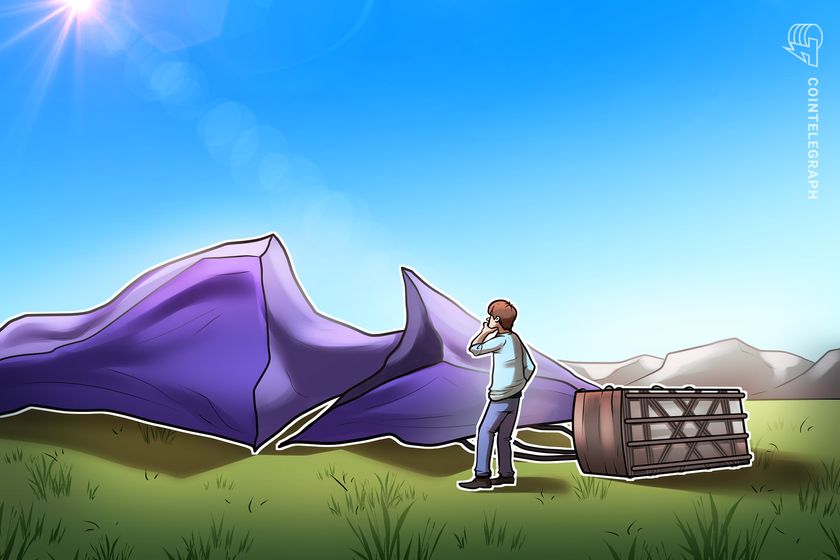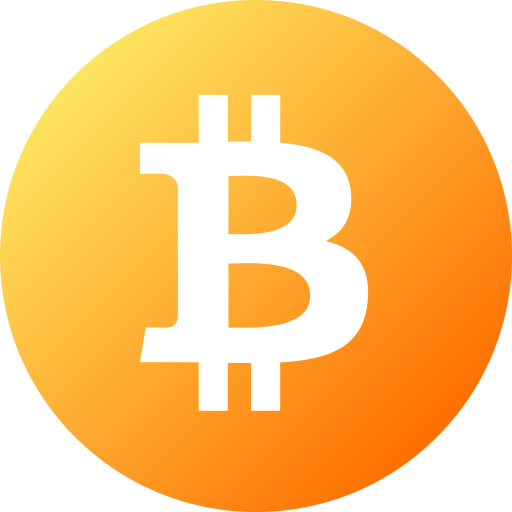

Ethereum builders are beneath strain because the Pectra improve rolls out to a brand new testnet following a number of sudden points which have delayed its deployment to the mainnet.
The Pectra improve, which was anticipated to hit the Ethereum mainnet in March, was deployed into the community’s Holesky testnet on Feb. 24. However, the improve failed to finalize on the community, prompting builders to research and deal with the causes.
On March 5, the replace was rolled out to the Sepolia testnet. However, builders once more encountered errors, which had been made worse by an unknown attacker who used an “edge case” to cause the mining of empty blocks.
To higher put together for the improve, Ethereum core builders created a brand new testnet referred to as “Hoodi.”
Ethereum builders “exhausted” from Pectra preparations
Hoodi was launched on March 17, and the Pectra improve will roll out on Hoodi on March 26. If the improve runs easily, Pectra might hit the mainnet as early as April 25.
In an interview with Cointelegraph’s Felix Ng, Ethereum Foundation’s protocol help crew member Nixo Rokish stated builders have been by means of lots whereas making ready for the Pectra improve. Rokish informed Cointelegraph:
“I think that people are nervous because we just had two testnets in a row basically have really unexpected issues that were not fundamentally related to how it would have gone on mainnet.”
Rokish added that exhaustion is setting in, particularly for the consensus layer builders, as Hoodi marks the third try to check Pectra.
“I think the consensus layer devs especially, but also like somewhat the execution layer devs are exhausted right now,” Rokish informed Cointelegraph.
Related: Ethereum devs agree to stop forking around and accelerate the roadmap
Ethereum devs solved what wanted to be solved
According to Rokish, the Holesky testnet failed partly as a result of it had by no means been examined with such a small validator set on the canonical chain.
“As decentralized as Holesky is, it has never been tested at so few validators on the canonical chain,” she stated.
When about 10% was left on the canonical chain, the validators overloaded their RAM and reminiscence as they saved the state for 90% of validators on the non-canonical chain.
Rokish stated they’d by no means seen this earlier than. “And so the consensus layer devs all of a sudden had this problem where they had to change a bunch of things, and I think that that was really tiring for them,” she stated.
Despite the current testnet challenges, Ethereum’s broader growth continues to indicate progress.
On March 13, 2024, the community rolled out the Dencun upgrade, which applied many modifications within the blockchain.
High gasoline charges, which had been as soon as an enormous drawback for the community, have develop into a factor of the previous. A 12 months after its Dencun improve, Ethereum’s gas fees dropped by 95%. On March 23, common gasoline costs reached historic lows of 0.28 gwei.
Magazine: What are native rollups? Full guide to Ethereum’s latest innovation
Read MoreCointelegraph.com News
